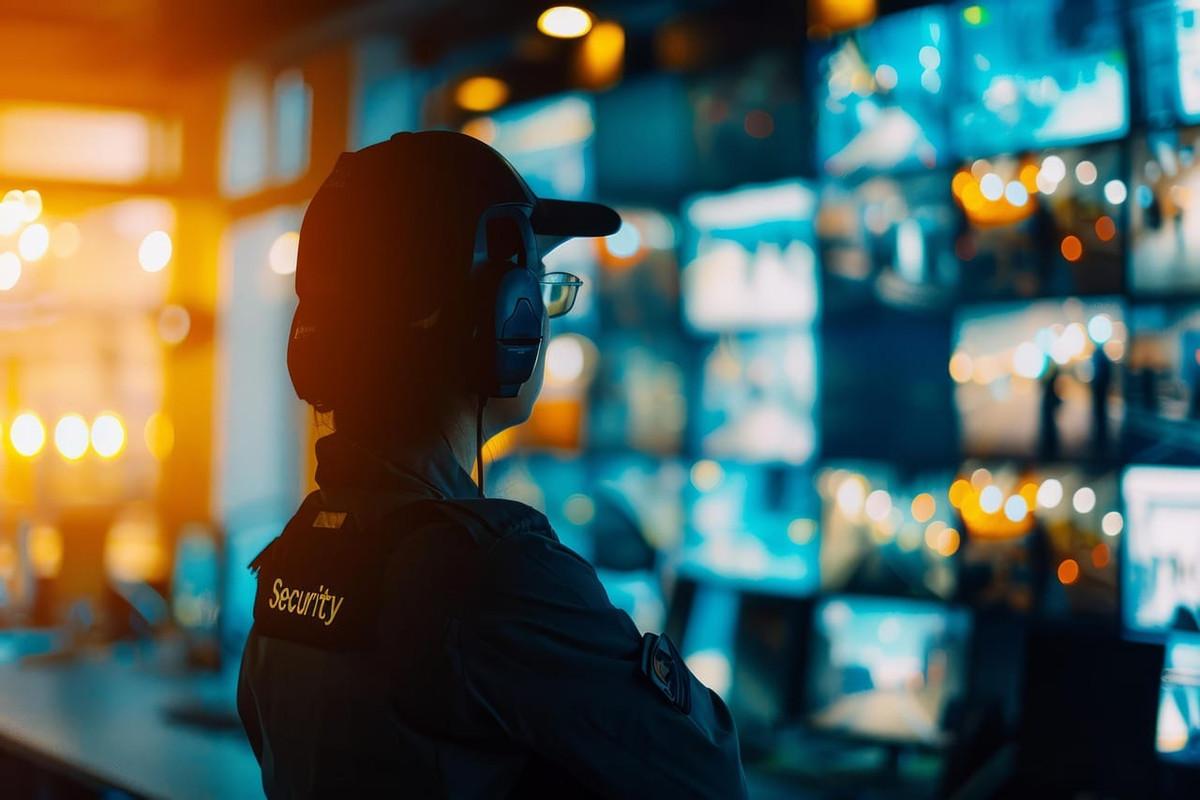
Regular air freight is the standard transportation of goods by aircraft, providing reliable, relatively fast and cost-effective shipping without special handling, temperature control or priority services – ideal for general freight needs.
In air freight, special cargo is the opposite. These are shipments that require special handling, equipment, documentation or special care due to their unique nature. Unlike standard shipping, these items can pose risks, be of high value, or have strict transportation requirements.
The analysis of the main categories of special goods includes about eight possible types of goods. The first is dangerous goods (DG). They may endanger safety during flight if not handled properly and can be explosives, flammable liquids/solids, gases, toxic and infectious materials, radioactive materials, corrosive materials, etc. They are transported under strict IATA Dangerous Goods Regulations (DGR).
The second group is perishable. These are goods that deteriorate over time or under unsuitable conditions. These can include fresh foods, flowers, seafood, medications, biological specimens, dated media, and test medications and can require temperature-controlled storage, refrigeration, or express delivery.
Live animals, from chicks to elephants, are transported under IATA’s Live Animal Transport (LAR) regulations. These can be living organisms such as pets, livestock or zoo animals. They require proper enclosures, aeration, feeding and stress reduction.
Human remains
It is a common myth that every commercial flight carries a coffin in the baggage hold. This is a myth. Airlines sometimes transport human remains (in special boxes or containers) in the cargo hold, but this does not happen on every flight. The number of these shipments depends on the route, demand and conditions. For example: Long international flights are more likely to carry remains than short regional flights, because families often want their loved ones to return to their home country.
Airlines have specialized procedures and staff to handle this matter with respect and confidentiality. Leftovers are kept separate from regular baggage in secure compartments. So while this happens regularly, it’s not true that every commercial flight has an object in the hold – sometimes there isn’t any at all.
The fifth category is valuable goods (VAL). These are high value items that need security measures. These can include precious metals, jewelry, cash, artwork, and sensitive documents. As a result, moving companies use lockers, security guards, and restricted access.
The relevant category is vulnerable goods, goods that are vulnerable to theft or damage but are not classified as “valuable”. Examples include electronic devices, mobile phones, and branded fashion items. It attracts thieves but does not corrupt.
Safe temperature control
The seventh category is temperature-controlled medications/drugs. These are medicines, vaccines and clinical trial materials. Not surprisingly, they require GDPR compliance (good distribution practices). They are often shipped with dry ice, active/passive containers, or specialized ULDs (Unit Loading Devices).
Oversized and heavy cargo are items that are too large or too heavy for standard aircraft. They include machinery, vehicles, aircraft parts and oil drilling equipment. These ships may need cargo ships with front-loading or side-loading capabilities.
In short, special cargo in air freight is anything that requires additional care, handling or organization beyond regular cargo. Airlines usually have dedicated teams, procedures and facilities for these unusual shipments.